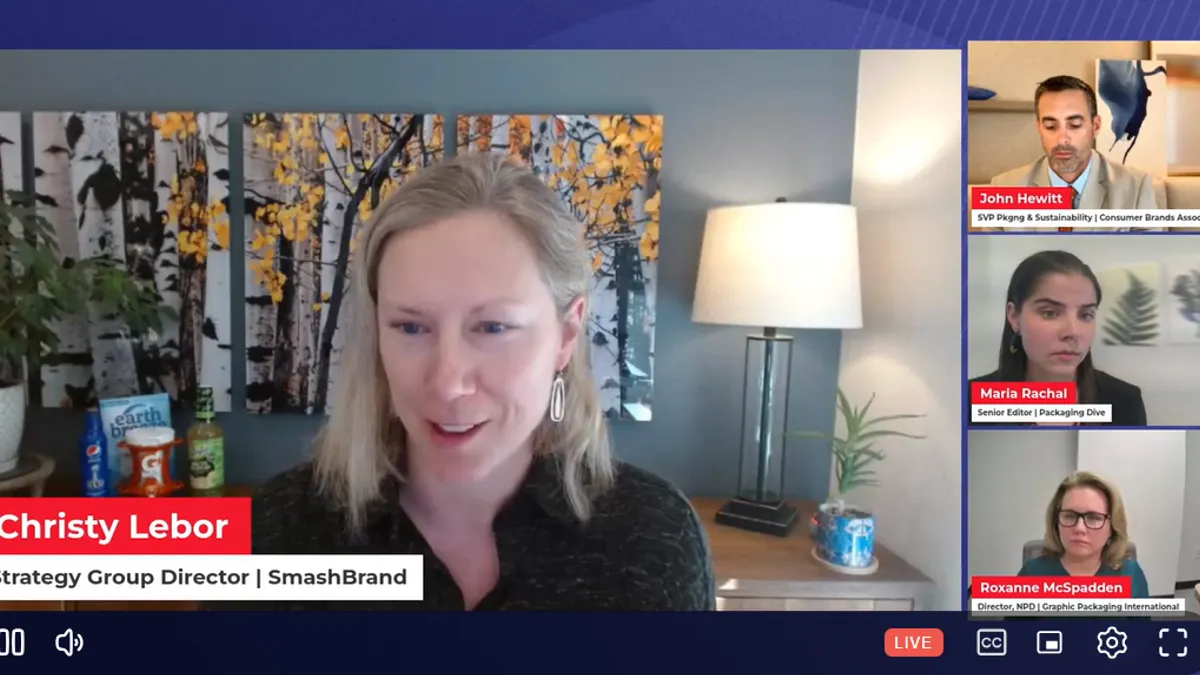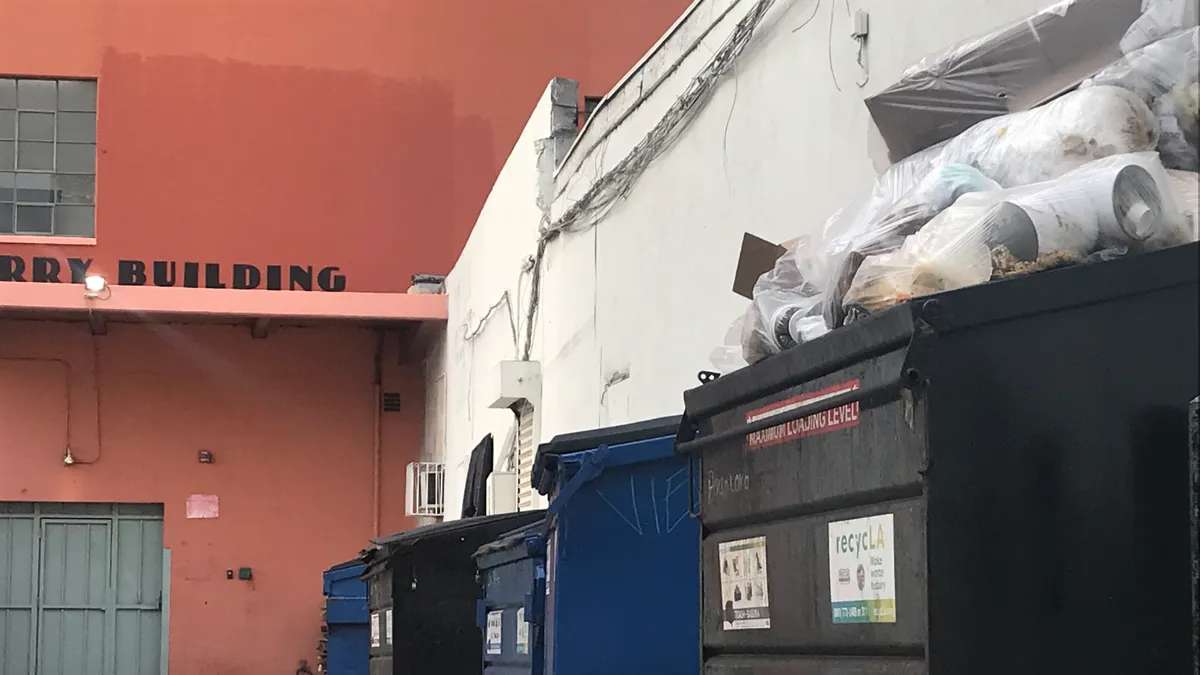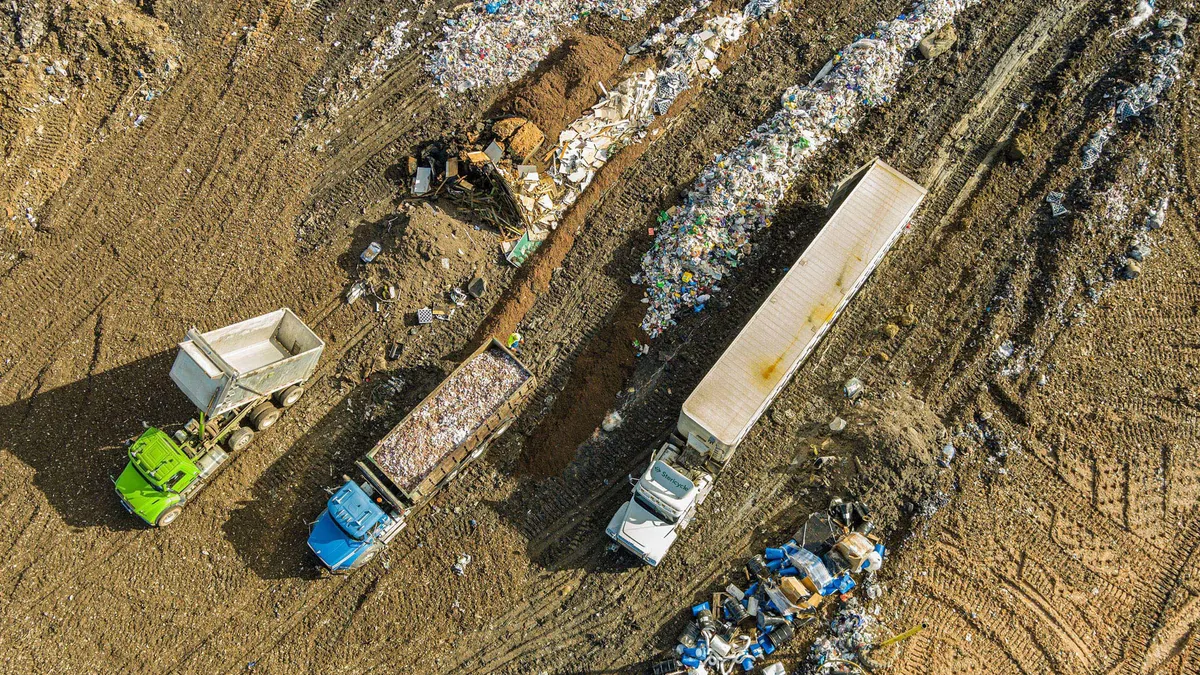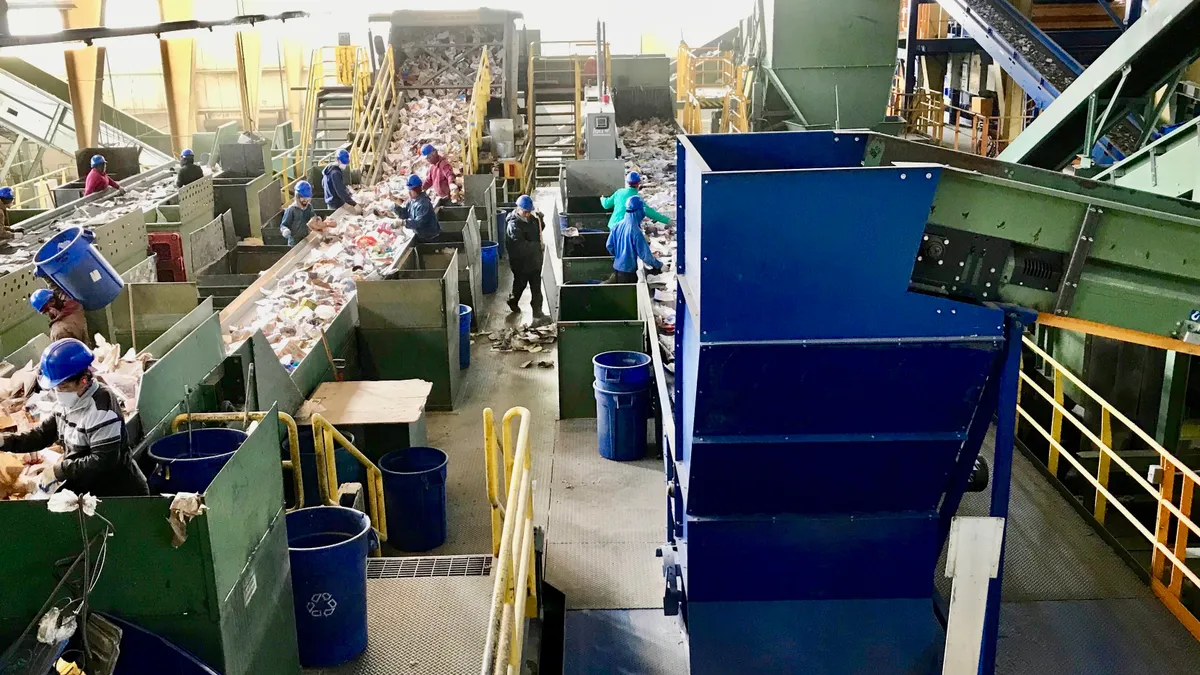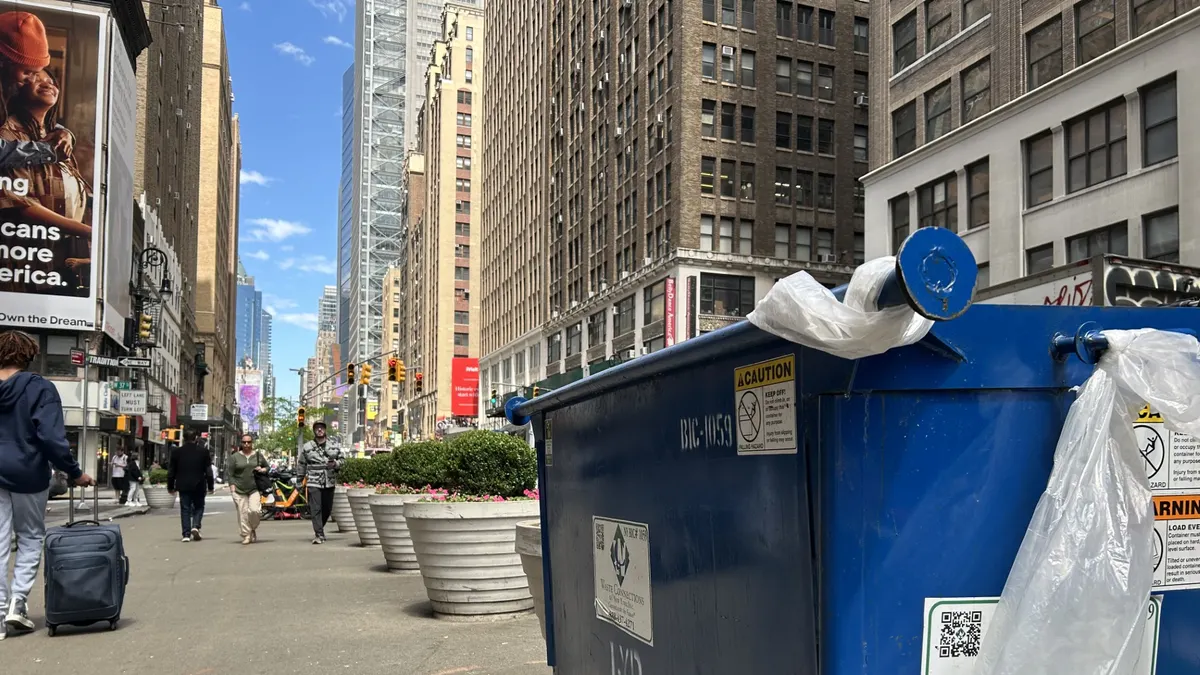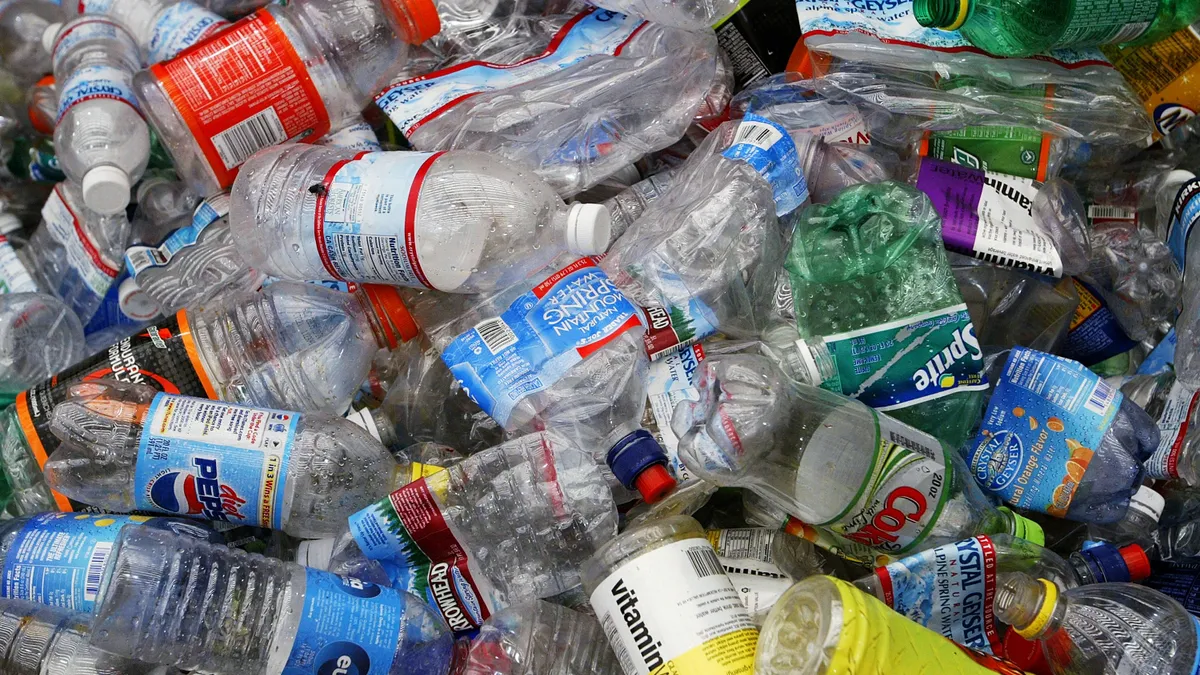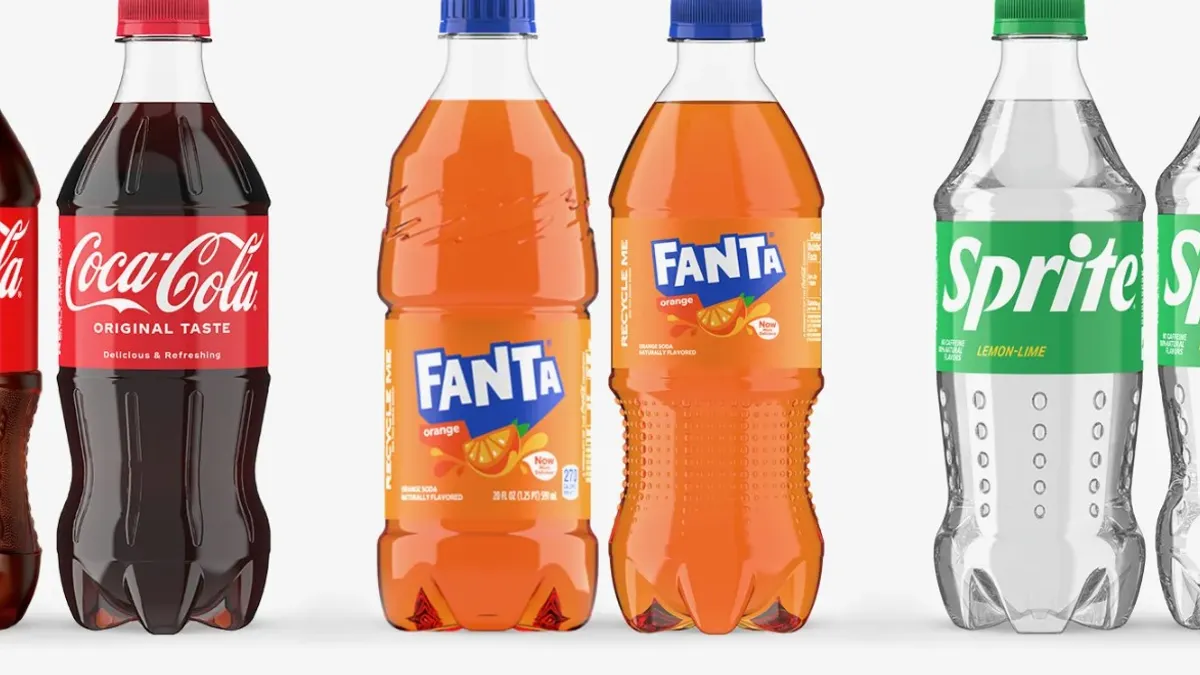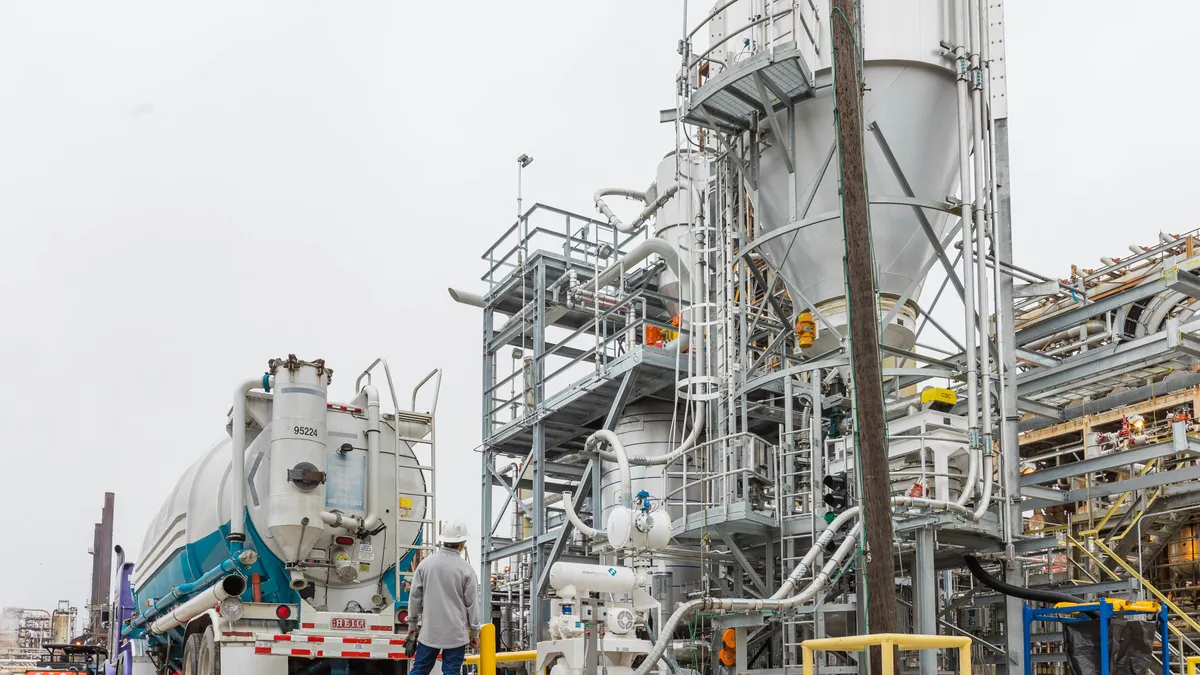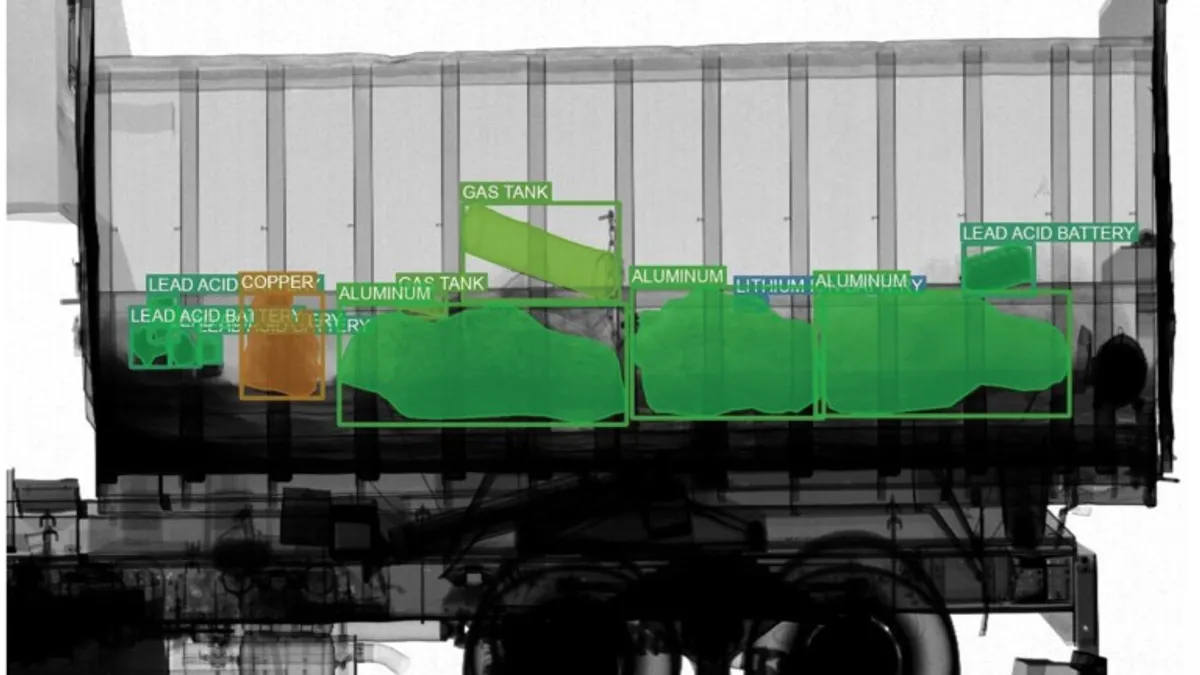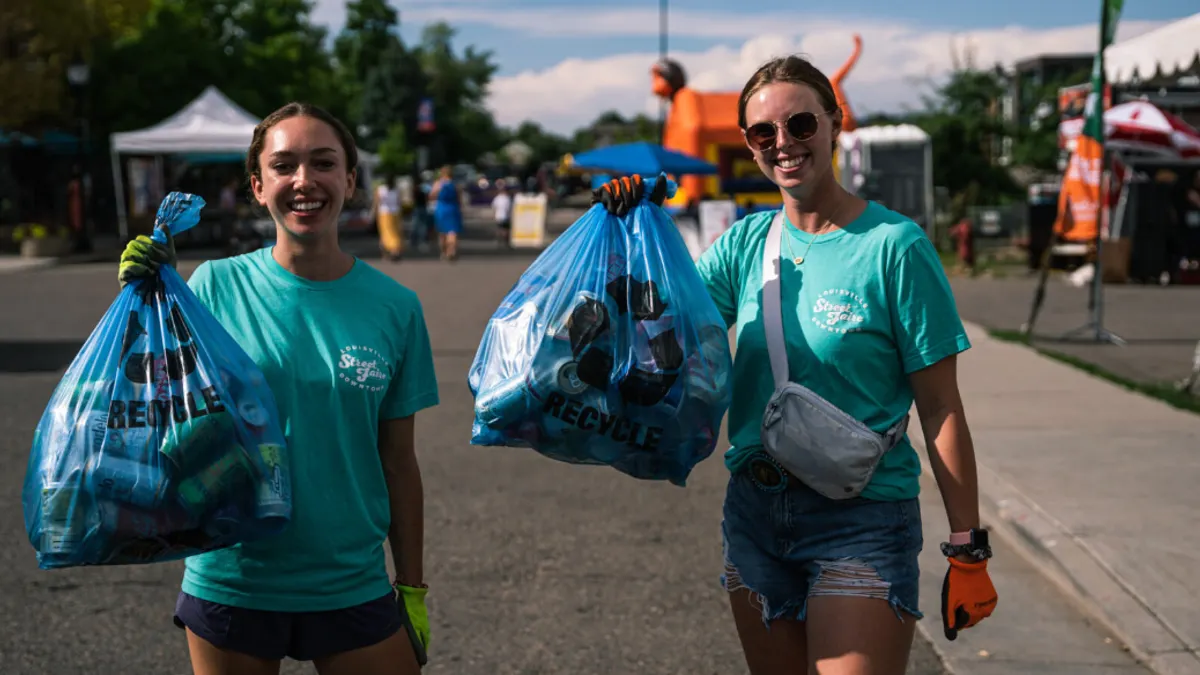Editor’s note: This story highlights takeaways from an Oct. 15 event hosted by Packaging Dive and Food Dive. Register here to watch the replay on demand.
For some CPG companies, food packaging design strategy is a high-wire balancing act where a product’s convenience and shelf appeal must meld seamlessly with new recyclability regulations.
That’s how speakers characterized the latest food packaging innovation trends during The Future of Food & Packaging Innovation, a virtual event hosted by Food Dive and Packaging Dive on Oct. 15.
Speakers from the Consumer Brands Association, SmashBrand and Graphic Packaging International discussed how the food and packaging industries are embracing innovation as consumer trends and extended producer responsibility regulations change over time.
“Part of the magic, and part of the trick, is to deliver something safely and efficaciously to consumers in a way that also balances statutory or regulatory requirements” for recyclability, said John Hewitt, senior vice president of packaging and sustainability for the Consumer Brands Association.
Calculating EPR considerations
In the U.S., seven states have now adopted extended producer responsibility for packaging laws, which have a major impact on how brands are budgeting for and executing on changes to their packaging designs.
Hewitt said the Consumer Brands Association and its members believe EPR is an important tool to spur investment in recycling infrastructure and raise recycling rates while also helping CBA’s members meet their circularity goals, such as incorporating recycled content into packaging.
But companies will need to keep track of “seven different sets of recycling rates, seven different sets of recycling rules and seven different sets of program policies and compliance dates and deadlines… If it sounds like a lot, it’s because it is,” he said.
Hewitt estimates nearly 20% of the U.S. population will be under some kind of EPR for packaging law once they all go into effect. “Designing products to meet the statutory and regulatory requirements for those states, balancing consumer demand, protecting the product that goes along with it, ends up being a very complex equation for these companies,” he said.
EPR-related regulations such as ecomodulation will also play into that already-complex equation, he added. Under that formula, when companies switch out packaging materials for a more sustainable choice, they pay less in fees. For example, a brand might trade in an iconic colored bottle for more recyclable clear styles, a move that saves money but might alter shelf appeal, Hewitt said.
“The fees are not inconsequential. When you look at programs like California, the estimates are in excess of $2 billion a year for the consumer packaged goods industry to meet the requirements,” he said.
Adding nuance to sustainability goal strategies
Major brands are also sorting through their strategies for meeting their publicly announced sustainability goals, such as making a package recyclable or incorporating higher amounts of recycled content.
Some major CPG companies have made progress toward their 2025 goals, while others have already announced they will lower their goal thresholds, citing challenges with local recycling systems and other hurdles. That leaves many observers wondering how other major CPG companies’ packaging design strategies could shift in coming years.
Conversations around sustainable packaging strategies certainly haven’t gone away, but they have grown more nuanced in recent years, said Roxanne McSpadden, senior director of new business development for Graphic Packaging International. GPI has seen more demand in recent years for lifecycle assessments so customers can “understand the full impact of the packaging” through multiple data points instead of one or two key metrics, like plastic reduction, she said.
But recyclability is still a key, especially since GPI specializes in paper-based packaging, she said. “We have the benefit of offering a renewable resource … that can become many other products,” McSpadden said. “Obviously, looking for high recycling rates on anything we make is important to us and to our customers.”
Preserving shelf appeal
These factors all come into play as CPG companies update their strategies to make packaging cost less, be more recyclable and also stand out on store shelves.
A little creative problem solving can help companies embrace sustainable packaging styles while also following new packaging trends, such as brighter colors and packaging that offers a pleasing unboxing experience, said Christy Lebor, strategy group director for SmashBrand. The company offers product and packaging design services, as well as market research and brand positioning services.
One strategy is incorporating messaging into packaging to signal to consumers that the product inside hasn’t changed, but the updated packaging design comes with an environmental benefit, she said. “It tests well when you tell consumers things like, ‘40% less plastic,’ or, ‘less waste, more for you.’”
These types of short messages are value drivers for consumers “who feel like they are getting an optimized product or something new and different … You typically will get rewarded in the market with increased revenue.”
CPG companies who need to make sustainability changes to their packaging aren’t in it alone, added McSpadden. Suppliers who work in multiple countries, such as GPI, may have insight into materials or components that have worked for other brands to meet strict environmental regulations in places like Europe.
“Your suppliers can be partners in understanding the impact of making changes if you're being challenged with a certain material or are looking for alternative materials that respond to legislation or your own company's goals,” she said.


